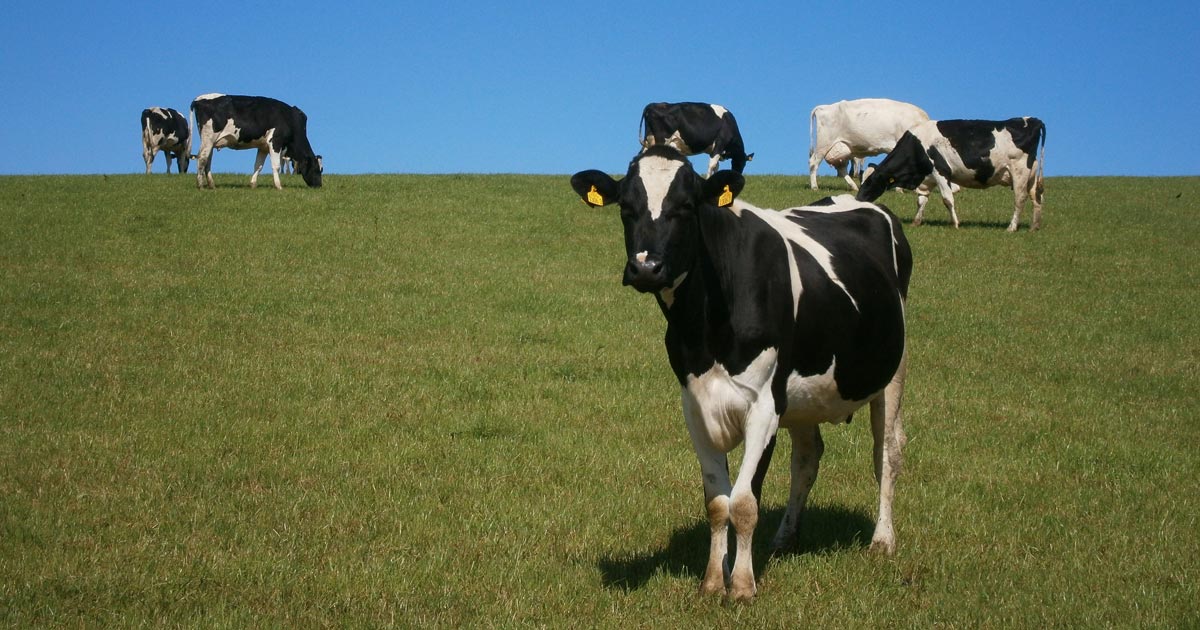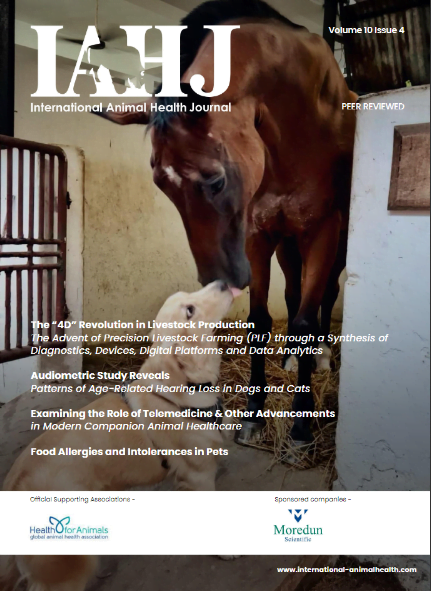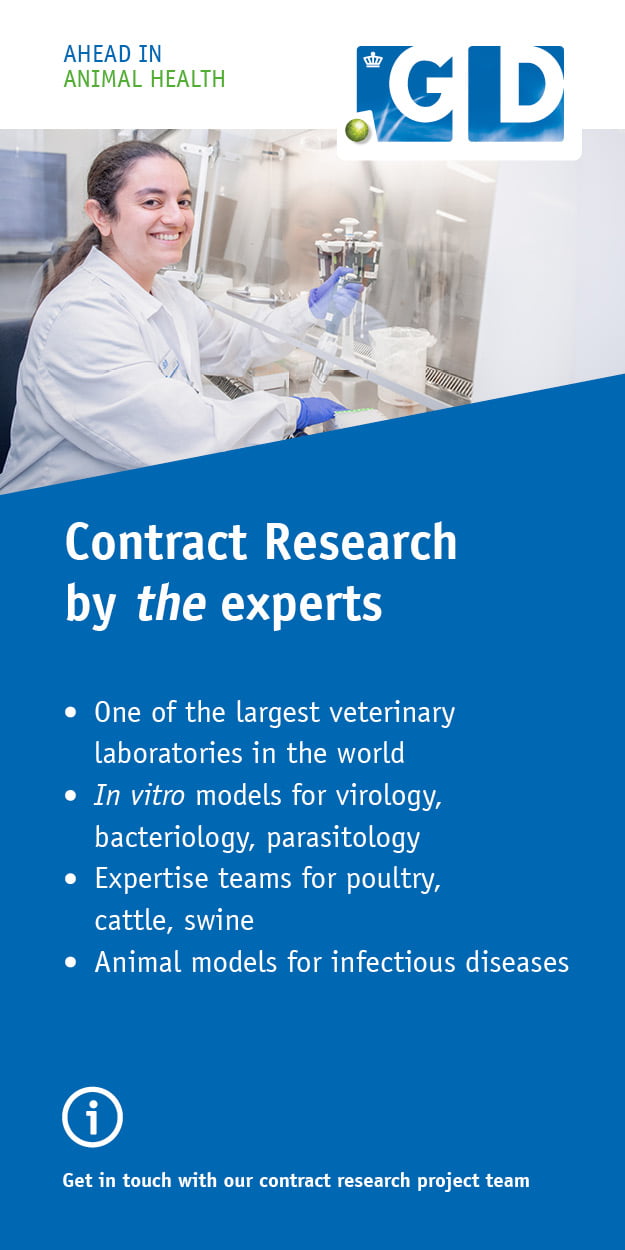
A “simple” blood test could aid cattle health and productivity by predicting the likelihood of diseases developing, a study has suggested.
Scientists believe testing female calves for molecules in the blood (miRNAs) could, in future, help predict their likelihood of developing disease.
This is because blood levels of certain miRNAs change dramatically during the early life of cows, and some of these molecules are later associated with the occurrence of disease (lameness and mastitis), as well as milk production.
Predicting that a procedure to identify calves likely to have problems later in life would benefit the dairy industry and improve animal welfare, researchers from Scotland’s Rural College (SRUC) and The University of Edinburgh’s Roslin Institute embarked on a study to put their hypothesis to the test.
The resulting research paper, published in Scientific Reports, provided evidence such a test may be possible to create, and would be advantageous in terms of boosting animal welfare and assisting the dairy industry.
Early intervention
Equipping farmers with such a test would mean they could identify and report potentially unwell cows to the vet, who could intervene earlier in a bid to stop conditions worsening.
Up to one third of UK dairy herds are affected by disease or reproductive failure, which, in turn, means farmers incur significant costs, the researchers said.
They said levels of miRNA can be easily analysed in lab tests and provide an indication of early changes in the function of tissues important for cow health. Indeed, such methods are already employed in disease diagnosis in humans.
One of the lead researchers in the study, Xavier Donadeu of The Roslin Institute, said: “As shown in previous studies, these results demonstrate blood testing for miRNAs may be very useful as diagnostic tools in dairy cows and potentially other livestock species.
“They could allow for early selection of the healthiest animals in a herd to aid productivity and animal well-being.”
Early intervention
Dr Donadeu continued: “Animals will always get sick, but the earlier you catch disease, the sooner you can intervene and reduce animal suffering.
“The problem with cows is, often, the farmer or vet won’t spot problems with them until the disease has already taken over.
“There are lots of devices to identify cows not doing well, but what we are aiming for is something that can be used before the animals get clinically sick.”












